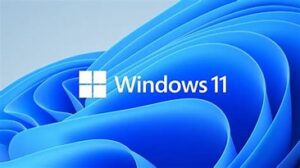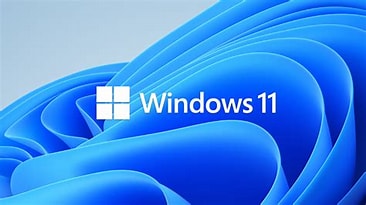Four Productivity-Enhancing Windows Features

Approximately 90% of business professionals use the Windows operating system. However, most view Windows as merely a tool that functions to start up a computer and provide file management functions. Consequently, most Windows users are unaware of or do not utilize four productivity-enhancing features in Windows. Read on, and in this article, you will learn Windows features that you can use to enhance productivity.
What Are These Four Features?
Approximately 90% of business professionals use the Windows operating system. However, most view Windows as merely a tool that functions to start up a computer and provide file management functions. Consequently, most Windows users are unaware of or do not utilize four productivity-enhancing features in Windows. Read on, and in this article, you will learn Windows features that you can use to enhance productivity.
Clipboard History
One of the simplest yet most useful of these underutilized features is Clipboard History. This tool first appeared in the October 2018 release of Windows 10, and it continues in Windows 11. Once you activate the tool, you can use it to access up to twenty-five of your most recently copied items. To enable the feature, go to Settings > System > Clipboard and turn Clipboard History On. Upon doing so, Windows will store the most recent twenty-five items you copy to the Clipboard.
Having enabled Clipboard History, use a Windows key + V keyboard shortcut to access Windows Clipboard. From there, you can select any item on the Clipboard and paste it to your desired location. For example, you can copy a paragraph of text that you use repeatedly to the Windows Clipboard and then paste it as needed into multiple documents.
From a practical perspective, the only significant limitations you’ll face with Clipboard History are 1) the Windows Clipboard stores only items that are less than 4 MB in size, and 2) the Windows Clipboard stores only up to twenty-five items. Otherwise, you can use the Windows Clipboard without any significant restrictions.
Virtual Desktops
The Windows Virtual Desktop feature is yet another example of a little-used, yet highly effective, productivity-enhancing Windows feature. Activating Virtual Desktops enables you to work from multiple, customized desktops that run simultaneously on a single computer. You can add a Virtual Desktop to your computer by pressing the Windows key and the Tab key simultaneously. After doing so, click New Desktop near the bottom of the screen.
With multiple desktops available, you can open applications that are relevant to certain types of tasks on any of your virtual desktops. For example, suppose you want to have a “general” desktop with your favorite web browser and productivity applications such as Excel, Word, and PowerPoint open. Additionally, suppose you want an “accounting” desktop that has your accounting application, business intelligence reporting tool, and sales tax compliance tool open on another desktop. You can easily configure those two (or more!) virtual desktops and then toggle between them as conditions warrant. Using virtual desktops is a great way to avoid productivity-robbing clutter.
You can learn more about enabling Windows features by clicking here
Snap Layouts
Windows’ Snap Layout feature makes arranging open applications on your desktop a quick and easy task. With Snap Layout, you can select from a variety of screen arrangements, allowing you to position multiple apps side by side with just a few mouse clicks.
To use Snap Layouts to reposition a window quickly, begin by hovering your mouse over the window’s “maximize” icon. Upon doing so, you will see several pre-arranged options appearing near the window’s upper right corner. Click the desired location for the active windows, and Snap Layout will immediately relocate the windows. Repeat this process for each additional window that you need to reposition. Using the Snap Layout feature will save you time and reduce the frustration associated with arranging multiple windows on your screen.
Snap Groups
The fourth underutilized Windows feature to consider is Snap Groups, which is an extension of Snap Layouts. Once you create a Snap Layout, Windows remembers that layout as a Snap Group. Therefore, whenever you hover your mouse over the taskbar icon, you can quickly return to that group of apps. Of course, this allows you to quickly return to a group of apps, without having to resort to tedious and time-consuming manual tasks.
Summary
Yes, Windows performs many fundamental “blocking and tackling” tasks that are necessary for a computer to function properly. And these tasks are, in fact, necessary. However, Windows also offers several tasks that go beyond fundamental computer operations and help propel productivity. These four productivity-enhancing Windows features are Clipboard History, Virtual Desktops, Snap Layouts, and Snap Groups. Take a few minutes to consider how you can use these tools to work more efficiently and effectively.
